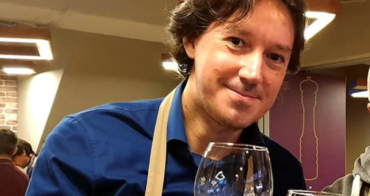
Russian kremlins in Greek lens
/ Главная / Russkiy Mir Foundation / Publications / Russian kremlins in Greek lensRussian kremlins in Greek lens
Kostas Asimis
The Greek art photographer Kostas Asimis is preparing an exhibition about Russian kremlins for Western audiences. For several years, the photographer has been traveling around the Russian provinces to capture temples from domes to basements and open exhibitions free to all. Admirers of the master's work except that Kostas Asimis will be able to reveal Russia to the world, as he previously revealed the monasteries of Athos to Europe.
The photographer told the Russkiy Mir about his Soviet childhood and Russian projects, as well as how he won the trust of the Athonite monks and restored the photo lab on the Holy Mountain, and how photography turned from a money-making tool and source of fame into a mission blessed by the Orthodox clergy.
Photographer in dungarees
We met in one of the towns of the Russian province before the opening of another photo exhibition by Kostas Asimis -"Our Athos". A man in dungarees just finished nailing one of the stands and rushed to paint another. It turned out that he was the author of the exposition. There have been more than two hundred of his exhibitions in the last fifteen years (the exposition has been seen in seven European countries and dozens of cities in Russia), and all of them Kostas sets up himself. So he comes to the town a week before the opening.
The photographer found the museum hall allocated for the exposition too bright, so he requested large chipboard sheets to cover the windows. Before installation, the sheets were painted gray, and about three hundred works were placed on them. On one wall, Kostas put portraits of the brethren of the St. Panteleimon Monastery and images of the monks’ life, on the other - views of the Athone temples, the third wall features landscapes of the Holy Mountain.
The fourth wall is a special one for the new exhibition. Here, for the first time, the photographer presented old daguerreotypes of the second half of the 19th and early 20th centuries rescued by him from a dilapidated photo laboratory on Mount Athos, as well as photographs printed from plates featuring historical events and everyday life on the Holy Mountain
Photo laboratory on Mount Athos, photo taken at the beginning of the 20th century
Kostas Asimis’ exhibitions are always free for visitors, this is his essential rule. In addition, the photographer leaves some of the works in the exhibition halls. Funds to cover the transportation of photographs and rent of the hall are provided by sponsors. Kostas has no shortage of them as he is a well-known figure in the world of Orthodoxy and charity. The photographer is always the one who conducts the first tour around the exhibition; he is ready to answer visitors' questions until the closing time. For those who miss the opening ceremony, there is a guest book. The photographer answers all comments and questions personally. He attends the exhibition closing ceremony and gathers everyone for the meet-the-artist event. This is also a tradition. “There are also provocative questions about faith and history, but I’m ready for them,” the photographer told Russkiy Mir.
Russian Greek
Kostas Asimis is an ethnic Greek, but Russian is also his native language. He was born and spent his childhood in Tashkent, where Kostas' parents had moved in 1949 after the Greek Civil War. Later on, the family ended up in Yugoslavia, where Kostas received his philological education, and in the early 1980s, he moved to his historical homeland in Greece.
Some biographical articles point out that Kostas became interested in photography while in Yugoslavia, but this is not the case. The art photographer told the Russkiy Mir that he took the first pictures in Tashkent and did it with the Smena-6, a Soviet camera bought as a gift by his father. He has been shooting with digital cameras for quite a while now, but he is grateful for the long-term "analog experience", which was very useful in restoring old photographs from Athos. He does not use Photoshop as a matter of principle.
“When I was 11 or 12 years old, my neighbor was doing photography, and I wondered why there was a red light in a small closet,” says Kostas. “At first he turned me away, but having seen that my interest was genuine, he showed and explained, and then began to teach me. It was real magic when the image was developed on paper. A year later, my father bought me a camera. Unfortunately, those first photographs have not survived, they got lost when we moved. "
And indeed, he moved a lot. Now, Kostas also lives out of suitcases. In the past few decades, a large part of its itineraries is Russian. By virtue of his friendship with the leadership of the Moscow Patriarchate, Kostas Asimis has created projects and organized exhibitions at various venues in Russia, including the Moscow Manege.
On the Holy Mountain
For the first time, Kostas Asimis came to Athos in 1984, when the brethren of the St. Panteleimon Monastery consisted of six monks only. The monastery revival with the active participation of Russia began in the 1990s. At the time of his first visit to Athos, Kostas was a studio owner, a successful advertising photographer who worked with the world's leading brands and used to shot for leading magazines. A visit to Mount Athos became a life-changing event for Kostas. It changed his view of the essence of photography, and also of life.
“I was shown a destroyed photographic darkroom, and I felt that I had to save these daguerreotypes, which were stored in terrible conditions, a lot of them had been lost,” recalls Kostas. “I completed special training on daguerreotypes to avoid spoiling what was still preserved. I built a new photo laboratory with my own funds, used the most advanced technologies to arrange storage conditions for daguerreotypes. I also bought equipment for scanning and printing, there is still enough work."
The exhibition "Our Athos" is valuable not only for its artistic merit. it also has a clear educational value. Women are not allowed into the monasteries on the Holy Mountain at all. As to male tourists and pilgrims, Athos reveals a kind of guest version. For many years Kostas has had access to the most secret sides of the life of the Athon brethren.
“I am often asked at exhibitions why the monks don’t turn me away and pose for me,” he says. "They don't pose; they just do their things without noticing me." And he adds with a smile that the monks knew very well that Kostas always had a camera, and would take his pictures anyway. “They know in the monastery that I won't post a single photograph anywhere without their blessing,” he says. “However, there are those who take some photos from around the corner and publish them in the media.
Dozens of people of different ages look from the portraits of the brethren on the exhibition wall. They fish, pray, bake bread, peel garlic, paint icons, bask in the sun with a cat on their knees, mow the grass... Such different faces are united by a common expression of calm and peace.
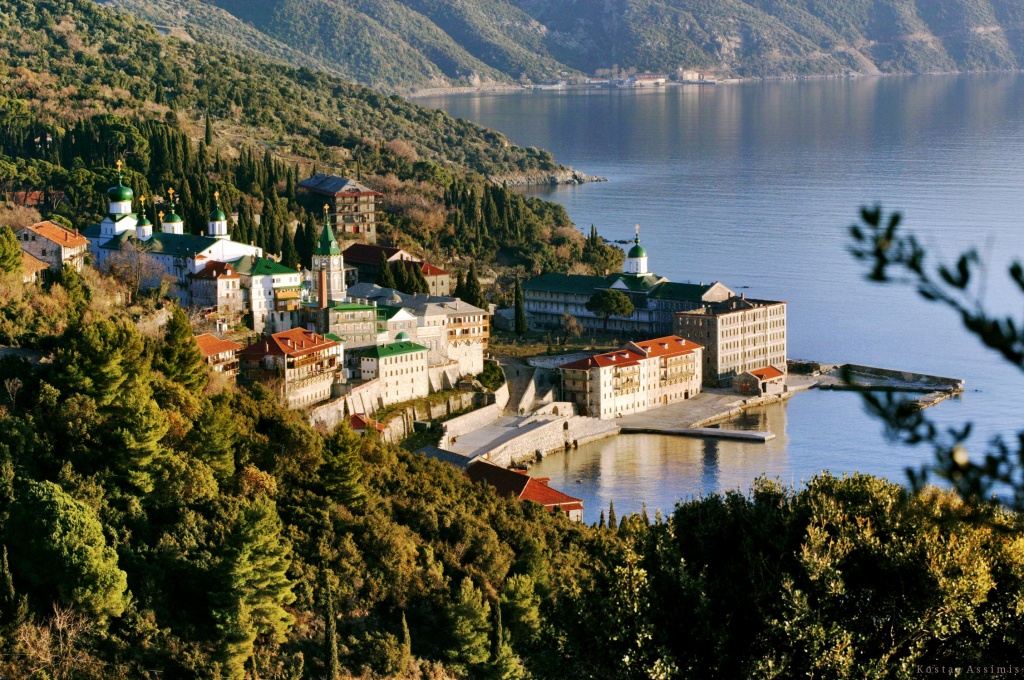
Having compared the photographs taken by Kostas with the photographs he restored from the distant past, you understand that even the dishes, clothes, and beard of the monks have not changed on Athos for 100 - 150 years, let alone the list of things to do and food. “Yes, the time has stopped on Athos,” says the photographer. “Monks live by the sun - it sets, and they go to bed. And at sunrise, they go to prayer. "
“When I completed one hundred exhibitions, I came to my Father on Athos, a 95-year-old old man, and told him that I was tired,” recalls Kostas.” The Father asked how many people visit my exhibitions. I answered - at least a thousand people come to each. The elder said: “This is your mission, people need what you do. As long as at least one person visits exhibitions, you will do it.” Now the number of my Athonite exhibitions has exceeded two hundred. "
Kremlins and fortresses of Russia
For seven years now, Kostas Asimis has been engaged in a large Russian project dedicated to Russian kremlins and fortresses. The photographer is preparing an exhibition for foreign countries, as he sees his project as a tool in the struggle against the destruction of Orthodoxy and attempts to rewrite the history of Russia and other Orthodox countries undertaken by the West.
Discussions about history and religion, and quite tough ones, can be witnessed very often at Kostas exhibitions. Provocative questions and direct attacks are heard. In Kiev, visitors were outraged by the presence of the Russian Orthodox Church on Mount Athos, he had to delve into history and read a whole lecture about Russians on the Holy Mountain.
“I have been looking for a topic that I could show abroad for quite a while,” he says. “I didn't want to simply take pictures of beautiful sceneries and sightseeing attractions, there is plenty of that on postcards. So I came up with the kremlins and fortresses of Russia because they hold the whole story. I have been shooting from Tobolsk to the Finnish border and aimed at 17 kremlins. Now only Solovki remained. I have already been to Valaam, but I will still continue shooting there. ”
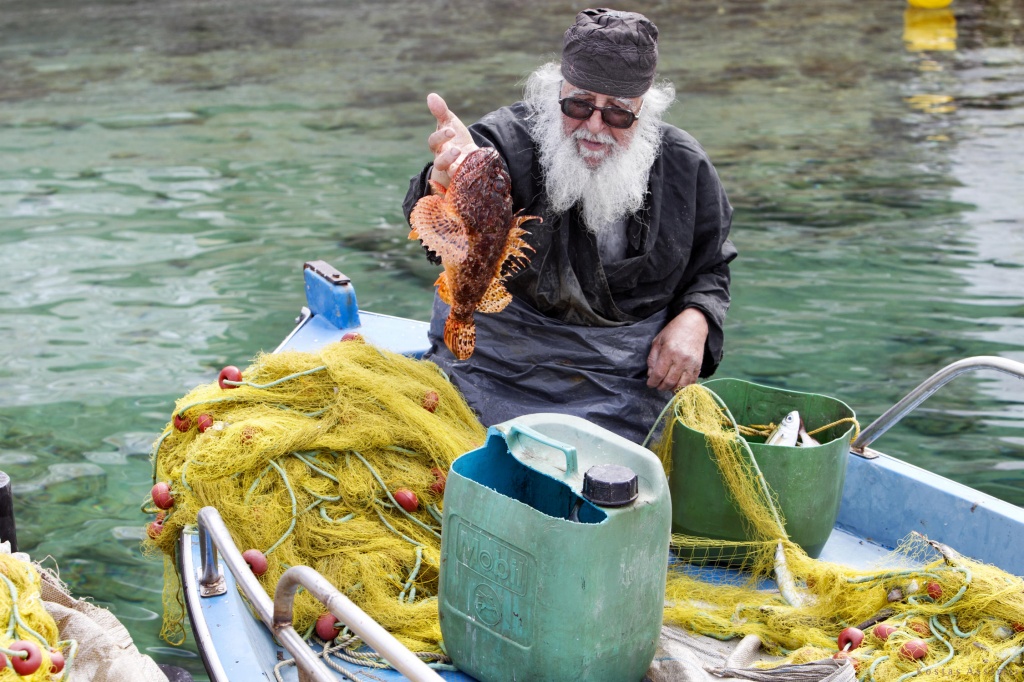
The photographer begins work at each of the kremlins with outdoor photography, which takes a full day to capture the object at different times. “As the sun moves, so do I,” he says. "I walk around catching shadows." The next day, he works inside the temples.
In August, Kostas is going to open a trial exhibition in Bryansk. “I want to see the reaction of people, to hear their opinion,” he says. "Perhaps I will continue my more insightful work in kremlins." And then the exhibition will travel to Europe, and Kostas Asimis will again accompany his works. “There will certainly be provocative questions, but I’m ready for them,” he says. "Let them ask, I will answer with historical facts."
New publications

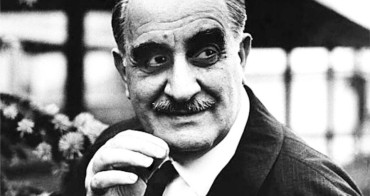 Mikhail Kalatozov, a director who transformed the world of cinematography in many ways, was born 120 years ago. He was a Soviet film official and a propagandist. Above all, he was capable of producing movies that struck viewers with their power and poetic language.
Mikhail Kalatozov, a director who transformed the world of cinematography in many ways, was born 120 years ago. He was a Soviet film official and a propagandist. Above all, he was capable of producing movies that struck viewers with their power and poetic language. 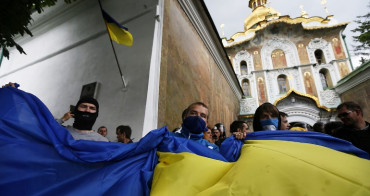 Ukrainian authorities have launched a persecution campaign against the canonical Ukrainian Orthodox Church (UOC), the biggest one in the country's modern history. Over the past year, state sanctions were imposed on clergy representatives, searches were conducted in churches, clergymen were arrested, criminal cases were initiated, the activity of the UOC was banned in various regions of the country, and monasteries and churches were seized.
Ukrainian authorities have launched a persecution campaign against the canonical Ukrainian Orthodox Church (UOC), the biggest one in the country's modern history. Over the past year, state sanctions were imposed on clergy representatives, searches were conducted in churches, clergymen were arrested, criminal cases were initiated, the activity of the UOC was banned in various regions of the country, and monasteries and churches were seized. 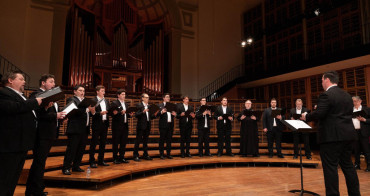 When Nektary Kotlyaroff, a fourth-generation Russian Australian and founder of the Russian Orthodox Choir in Sydney, first visited Russia, the first person he spoke to was a cab driver at the airport. Having heard that Nektariy's ancestors left Russia more than 100 years ago, the driver was astonished, "How come you haven't forgotten the Russian language?" Nektary Kotlyaroff repeated his answer in an interview with the Russkiy Mir. His affinity to the Orthodox Church (many of his ancestors and relatives were priests) and the traditions of a large Russian family brought from Russia helped him to preserve the Russian language.
When Nektary Kotlyaroff, a fourth-generation Russian Australian and founder of the Russian Orthodox Choir in Sydney, first visited Russia, the first person he spoke to was a cab driver at the airport. Having heard that Nektariy's ancestors left Russia more than 100 years ago, the driver was astonished, "How come you haven't forgotten the Russian language?" Nektary Kotlyaroff repeated his answer in an interview with the Russkiy Mir. His affinity to the Orthodox Church (many of his ancestors and relatives were priests) and the traditions of a large Russian family brought from Russia helped him to preserve the Russian language.
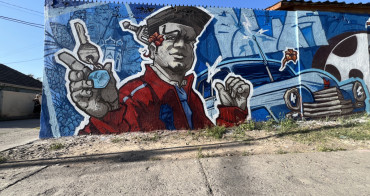
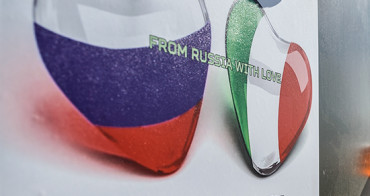 The leaders of the Friends of the Great Russia cultural association (Amici Della Grande Russia) in Italy believe that the Western policy of abolishing Russian culture in Europe has finally failed. Furthermore, it was doomed to failure from the beginning.
The leaders of the Friends of the Great Russia cultural association (Amici Della Grande Russia) in Italy believe that the Western policy of abolishing Russian culture in Europe has finally failed. Furthermore, it was doomed to failure from the beginning. 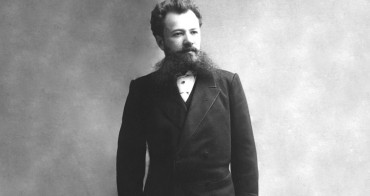 Name of Vladimir Nemirovich-Danchenko is inscribed in the history of Russian theater along with Konstantin Stanislavski, the other founding father of the Moscow Art Theater. Nevertheless, Mr. Nemirovich-Danchenko was a renowned writer, playwright, and theater teacher even before their famous meeting in the Slavic Bazaar restaurant. Furthermore, it was Mr. Nemirovich-Danchenko who came up with the idea of establishing a new "people's" theater believing that the theater could become a "department of public education."
Name of Vladimir Nemirovich-Danchenko is inscribed in the history of Russian theater along with Konstantin Stanislavski, the other founding father of the Moscow Art Theater. Nevertheless, Mr. Nemirovich-Danchenko was a renowned writer, playwright, and theater teacher even before their famous meeting in the Slavic Bazaar restaurant. Furthermore, it was Mr. Nemirovich-Danchenko who came up with the idea of establishing a new "people's" theater believing that the theater could become a "department of public education." 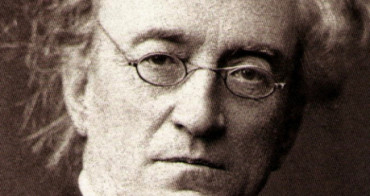 "Russia is a thing of which the intellect cannot conceive..." by Fyodor Tyutchev are famous among Russians at least. December marks the 220th anniversary of the poet's birth. Yet, he never considered poetry to be his life's mission and was preoccupied with matters of a global scale. Mr.Tyutchev fought his war focusing on relations between Russia and the West, the origins of mutual misunderstanding, and the origins of Russophobia. When you read his works today, it feels as though he saw things coming in a crystal ball...
"Russia is a thing of which the intellect cannot conceive..." by Fyodor Tyutchev are famous among Russians at least. December marks the 220th anniversary of the poet's birth. Yet, he never considered poetry to be his life's mission and was preoccupied with matters of a global scale. Mr.Tyutchev fought his war focusing on relations between Russia and the West, the origins of mutual misunderstanding, and the origins of Russophobia. When you read his works today, it feels as though he saw things coming in a crystal ball...